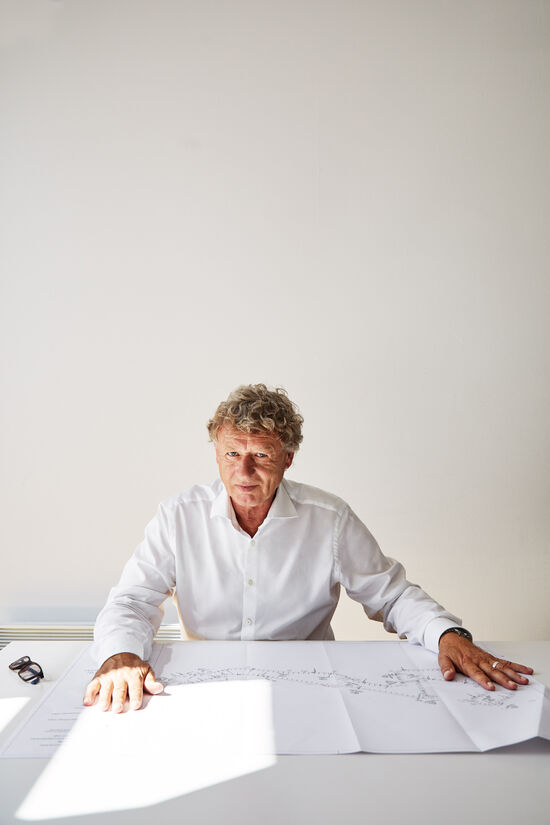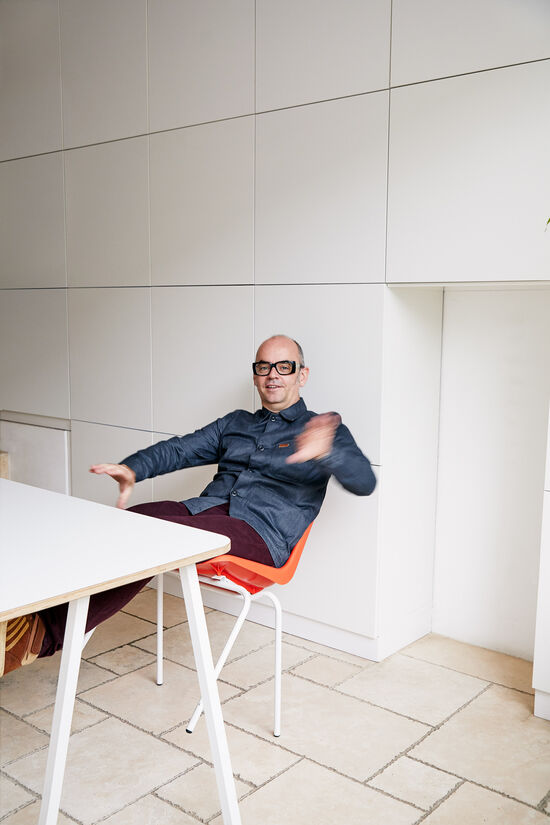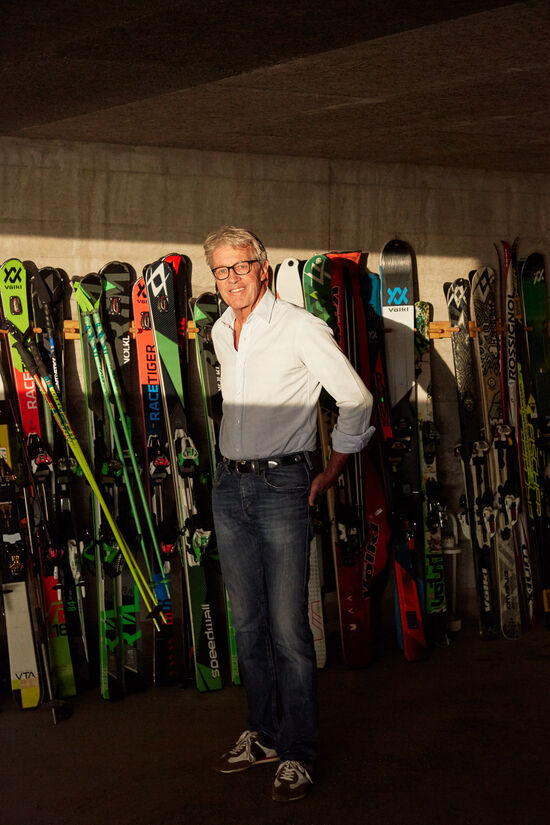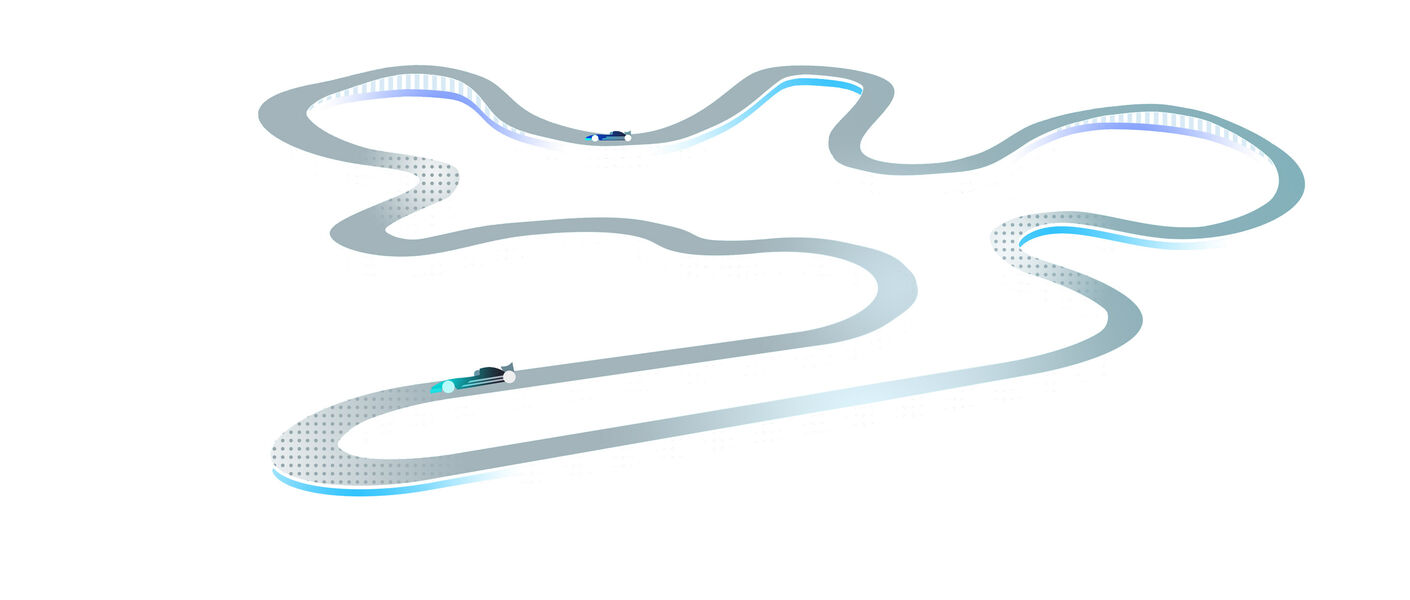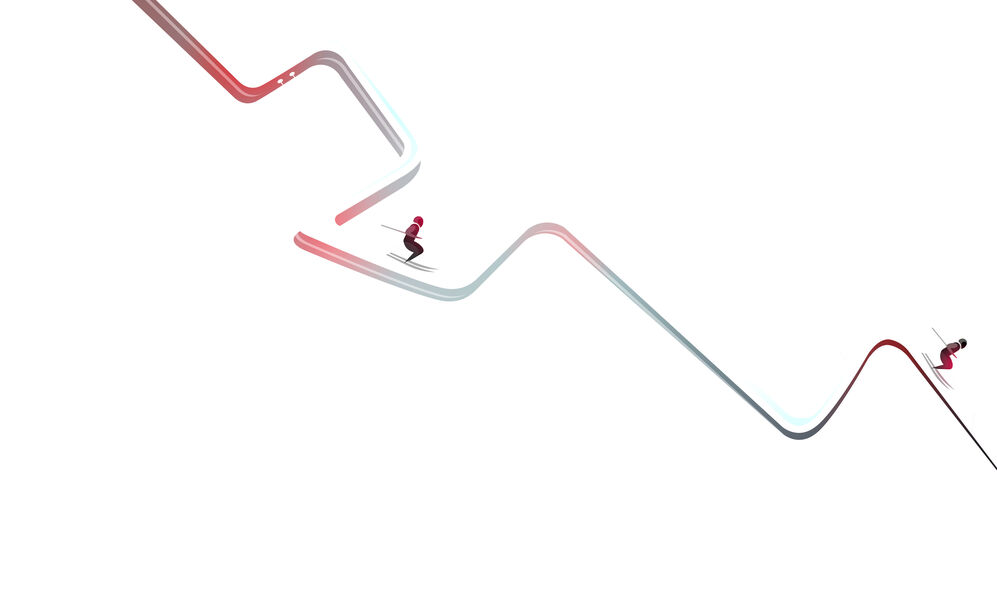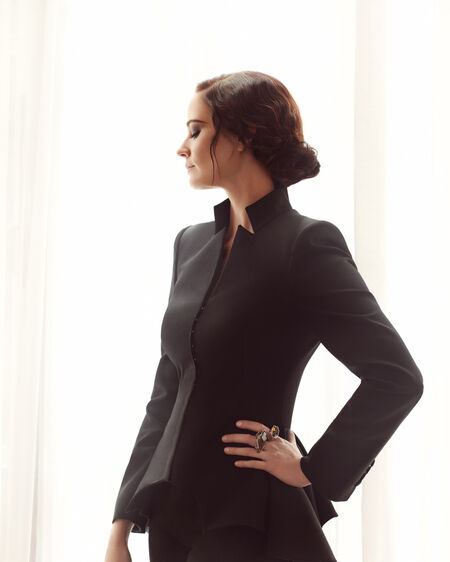The Thrill Seekers
For The Jaguar, we delved into the mechanics of devising a surprising adrenaline rush, meeting three professionals who design thrills. Author Geoff Poulton and photographer Roderick Aichinger met the protagonists at their workplaces.
"The track should be a challenge for drivers and a thrill for spectators."
Hermann Tilke
"That's my passion: to explore the phenomenon of thrills."
Brendan Walker
"It's nature. I don't build highways. My goal is to change as little as possible."
Bernard Russi
For further extraordinary insights by the thrill-makers, read Issue 05 of The Jaguar.

From 2014 to 2019, in partnership with Jaguar Land Rover's in-house creative agency Spark44, we produced the customer magazine for Jaguar. Translated into twelve languages and distributed globally, The Jaguar offers fascinating insights behind the scenes of the car brand, exclusive interviews, fast-paced test drives and details about the latest Jaguar models.
